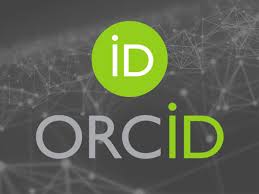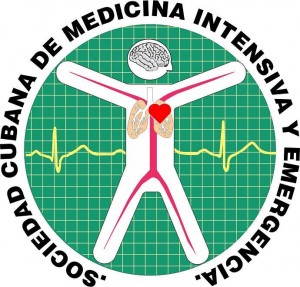Neuroprotección farmacológica en neurotrauma / Pharmachological neuroprotection in traumatic brain injury
Palabras clave:
Trauma craneoencefálicoResumen
PUNTOS CLAVE
La lesión traumática cerebral es una de las principales causas de morbimortalidad a nivel mundial con costos asociados que ascienden de manera progresiva.
Se le llama neuroprotección al conjunto de medidas adoptadas para prevenir la lesión o reestablecer la actividad de las células con daño no reversible.
La mayoría de los fármacos con efecto neuroprotector demostrado o no, necesitan de la realización de estudios de gran calibre que permitan su recomendación definitiva para tal propósito.
Diversos fármacos tales como la fucoxantina se encuentran en fase investigativa al ser un probable neuroprotector con efecto antioxidante.
Descargas
Citas
Bergman K, Beekmans V, Stromswold J. Considerations for Neuroprotection in the Traumatic Brain Injury Population. Crit Care Nurs Clin North Am. 2015;27:225-33.
Chakraborty S, Skolnick B, Narayan RK. Neuroprotection Trials in Traumatic Brain Injury. 2016;1–8.
Gruenbaum SE, Zlotnik A, Gruenbaum BF, Hersey D, Bilotta F, Haven N, et al. Pharmacologic Neuroprotection for Functional Outcomes After Traumatic Brain Injury: A Systematic Review of the Clinical Literature. 2017;30(9):791–806.
Khalili H, Niakan A, Ghaffarpasand F. Effects of cerebrolysin on functional recovery in patients with severe disability after traumatic brain injury : A historical cohort study. Clin Neurol Neurosurg [Internet]. 2017;152:34–8. Available from: http://dx.doi.org/10.1016/j.clineuro.2016.11.011.
Liu Q, Zhang H, Xu J, Zhao D. Neuritin Provides Neuroprotection Against Experimental Traumatic Brain Injury in Rats. 2018;7454. Available from: https://doi.org/10.1080/00207454.2018.1424155 .
Sen T, Sen N. Treatment with an activator of hypoxia-inducible factor 1, DMOG provides neuroprotection after traumatic brain injury. Neuropharmacology. 2017;107:79–88.
Zhang HM, Liu P, Jiang C, Jin XQ, Liu RN, Li SQ, et al. Notch signaling inhibitor DAPT provides protection against acute craniocerebral injury. PLoS One. 2018;13(2):1–14.
Zhang L, Wang H, Fan Y, Gao Y, Li X, Hu Z, et al. Fucoxanthin provides neuroprotection in models of traumatic brain injury via the Nrf2-ARE and Nrf2-autophagy pathways. Sci Rep. 2017;7(April):1–15.
Zhang M, Wu J, Ding H, Wu W, Xiao G. Progesterone Provides the Pleiotropic Neuroprotective Effect on Traumatic Brain Injury Through the Nrf2 / ARE Signaling Pathway. 2017;292–300.
Zoerle T, Carbonara M, Zanier ER, Ortolano F, Bertani G, Magnoni S, et al. Rethinking neuroprotection in severe traumatic brain injury: Toward bedside neuroprotection. Front Neurol. 2017;8(JUL).







